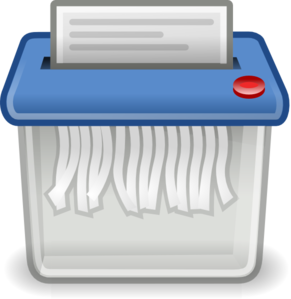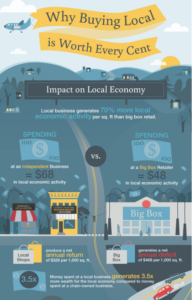
Since a large portion of our day is spent at the office, creating good work habits is important to maintaining a healthy lifestyle. By making a few small changes to your workday, you’ll become a healthier, happier person inside and outside of the office. Try the list of items below to start changing your habits today!
Add small activity breaks to your day
Sometimes it’s tough to step away from your computer on a busy day but your body needs breaks to recharge. Implement a few easy things like standing every 30 minutes, getting out of the office for lunch or taking a walk with coworkers in the afternoon. Taking small breaks are good for your body and will help to boost your productivity levels.
Consciously drink more water
Staying hydrated throughout the day helps to curb hunger cravings, keeps your energy levels up and improves your general mood. To ensure that you stick with your water plan, fill up a water bottle or straw cup each morning when you arrive and set goals for when to refill during the workday.
Keep healthy snacks on-hand
Instead of having a drawer of old Halloween candy and a bag of chips in your drawer, stock your desk with healthy snacks for those afternoon cravings. You are likely to snack regardless so having easy access to healthy alternatives will help you to make better decisions. Dried fruit or nuts make great snacks and will keep for a long time in your desk drawer.
Create a happy workspace
To help improve your mood during the workday, decorate your area with your favorite colors, frame pictures of loved ones, post positive affirmations, or and get a plant (live or faux). Seeing things that you enjoy will improve your mood and take some stress out of your day.
Unplug from work when you get home
Taking work home is becoming more and more common, but it’s important to set boundaries to prevent burnout from occurring. Constantly checking email or mindlessly scrolling through the next day’s tasks before bed not only takes you away from being present with your family and friends, but it also mentally exhausts you before the next day even arrives.



